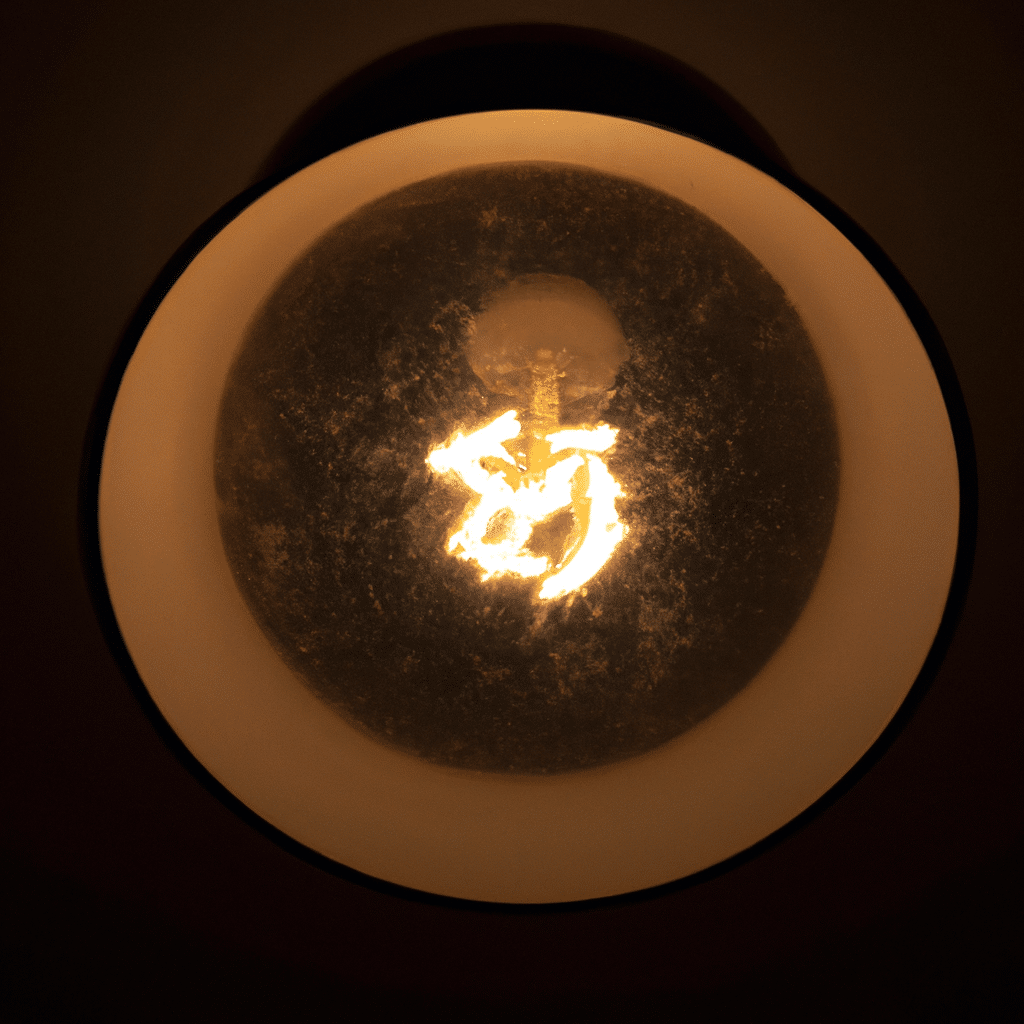
Lighting plays a crucial role in our everyday lives, providing illumination and enhancing the ambiance of our homes and workplaces. However, what many people fail to realize is that faulty light bulbs can pose a significant safety risk. A flickering or overheating bulb may seem like a minor inconvenience, but it could potentially lead to electrical fires or accidents. In this article, we will explore how to spot and replace faulty bulbs to ensure a safer lighting setup for you and your loved ones.
The Dangers of Faulty Bulbs
Faulty light bulbs can exhibit a range of issues that compromise their safety and performance. One common problem is flickering, where the light dims and fluctuates rapidly. Flickering can occur due to loose connections, damaged filaments, or incompatible dimmer switches. Ignoring this issue may lead to further damage to the bulb and potentially cause electrical shorts or fires.
Another danger to be aware of is overheating bulbs. When a bulb produces excessive heat, it can pose a fire hazard, especially if it comes into contact with flammable materials or is installed in enclosed fixtures. Overheating may be caused by wattage mismatches, poor ventilation, or using the wrong type of bulb for a particular fixture.
How to Spot Faulty Bulbs
Now that we understand the risks associated with faulty bulbs, let’s explore how to identify them before they become a hazard. Here are some warning signs to watch out for:
1. Flickering or Dimming
If you notice your lights flickering or dimming frequently, it is a clear indication that something is amiss. Start by checking if the bulb is securely screwed into the socket. If it continues to flicker, try replacing it with a new one to see if the problem persists. If multiple bulbs in the same fixture exhibit the same issue, it could be a sign of an underlying electrical problem that requires professional attention.
2. Excessive Heat
While it’s normal for bulbs to emit some heat during operation, an unusually hot bulb should raise concerns. Carefully touch the bulb (when safe to do so) after it has been turned off for a while. If it feels excessively hot, it could indicate a problem. Consider replacing the bulb with one that has a lower wattage or switching to LED bulbs, which generate less heat.
3. Buzzing or Crackling Sounds
Another red flag is the presence of buzzing or crackling sounds coming from the bulb or fixture. This could indicate loose connections or faulty wiring. If you hear any unusual noises, it’s best to turn off the power and seek professional assistance to inspect and rectify the issue.
4. Discoloration or Burn Marks
Inspect the bulb and its surrounding area for any signs of discoloration, burn marks, or melted plastic. These visual cues suggest that the bulb has been exposed to excessive heat and may be at risk of failure. Replace the bulb immediately and have an electrician examine the fixture for any underlying problems.
5. Inconsistent Performance
A reliable light bulb should consistently provide a steady and uniform level of brightness. If you notice significant variations in the intensity of light emitted, it could indicate an issue. Consider replacing the bulb or consulting an electrician for a thorough inspection.
How to Replace Faulty Bulbs
Once you have identified a faulty bulb, it is crucial to replace it promptly to maintain a safe lighting setup. Follow these steps to ensure a smooth and secure replacement process:
1. Turn Off the Power
Before attempting any bulb replacement, always turn off the power to the affected fixture. This step is essential to prevent electrical shocks or accidents during the replacement process. Locate the circuit breaker or switch that controls the specific area and turn it off.
2. Allow the Bulb to Cool
If the bulb was recently in use, give it ample time to cool down before attempting to remove it. Touching a hot bulb can result in burns or injuries. Exercise patience and prioritize safety during this step.
3. Remove the Faulty Bulb
Once the bulb has cooled, carefully unscrew it from the socket in a counterclockwise direction. Avoid applying excessive force or twisting the bulb too tightly, as this can damage the socket. If the bulb is stuck, gently wiggle it back and forth while applying slight pressure until it comes free.
4. Choose the Right Replacement Bulb
When selecting a replacement bulb, consider factors such as wattage, color temperature, and bulb type. Refer to the manufacturer’s guidelines or consult an expert if you are unsure about the specifications. Opting for energy-efficient LED bulbs can not only enhance safety but also reduce energy consumption and save on electricity bills.
5. Install the New Bulb
With the appropriate replacement bulb in hand, align the base with the socket and insert it carefully. Rotate the bulb clockwise until it is securely in place. Avoid overtightening, as this can lead to difficulties during future replacements.
6. Test the New Bulb
Once the new bulb is installed, restore power to the fixture and test it to ensure proper functionality. Observe the bulb for any flickering, buzzing, or other irregularities. If everything appears normal, congratulations! You have successfully replaced the faulty bulb.
Conclusion
Ensuring the safety of your lighting setup is of utmost importance. By being vigilant and proactive in identifying and replacing faulty bulbs, you can significantly reduce the risk of electrical hazards and promote a secure environment for yourself and your loved ones. Regularly inspect your bulbs for warning signs such as flickering, overheating, buzzing sounds, discoloration, or inconsistent performance. Follow the recommended steps for replacing faulty bulbs, and remember to prioritize safety at all times. By taking these precautions, you can enjoy a well-lit space without the worry of a ticking time bomb lurking in your light fixtures.




